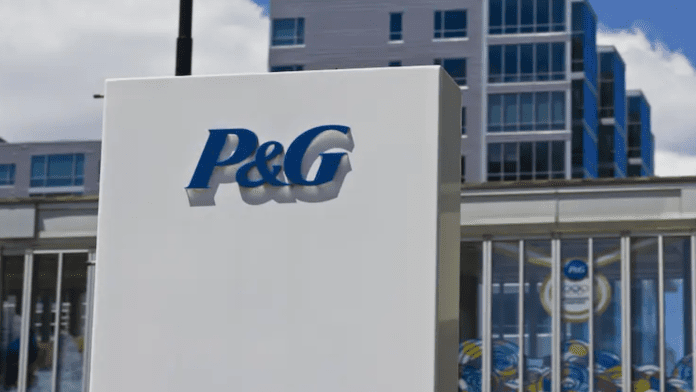Procter & Gamble (P&G), the leading global consumer goods manufacturer, approached the $2-billion sales milestone in India, marking over three decades since its entry into the country. Despite challenges such as rising input costs and price adjustments, the Cincinnati-based company achieved a remarkable 15% year-on-year growth in FY23, accompanied by a substantial 26% increase in net profit.
The company disclosed sales totaling INR 16,089 crore and a net profit of INR 1,682 crore across its four Indian subsidiaries, namely pharmaceutical firm P&G Health, shaving products manufacturer Gillette, P&G Health & Hygiene, and P&G Home Products. Among these, P&G Home Products, an unlisted entity responsible for producing Tide detergent, Pantene shampoo, and Pampers diapers, experienced the most significant upswing. According to the latest regulatory filings, the arm recorded a 51% increase in profit, reaching INR 419 crore, with net sales rising by 27% to INR 8,464 crore in FY23.
The managing director, LV Vaidyanathan, attributed the company’s performance to robust volume growth, premiumization efforts, and productivity interventions.
“Our results can be attributed to our teams’ execution of our integrated growth strategies of focusing on daily use categories where performance drives brand choice, irresistible superiority across product, packaging, communication, go-to-market execution, and value, productivity, constructive disruption, and an agile and accountable organisation structure and culture,” said Vaidyanathan.
“We are confident these are the right strategies in near term to continue driving a balanced top- and bottom-line growth in a competitive macroeconomic environment.”
Over the last two decades, Procter & Gamble (P&G) has injected more than INR 20,000 crore into the country, solidifying its position as one of the company’s top 10 markets worldwide.
In India, P&G competes with Hindustan Unilever (HUL), Unilever’s local unit, which is nearly four times its size. Despite being the market leader, HUL controls more than half of the market for sanitary napkins and shaving razors. However, P&G has consistently gained shares in these segments, showcasing its competitive resilience.
In contrast to other companies where 40-45% of sales come from rural areas, P&G has traditionally emphasized premium and urban-centric products. Nevertheless, in certain states like Kerala and Tamil Nadu, P&G’s rural market share surpasses its urban share. Additionally, Vicks exhibits a larger presence in villages than in urban areas. Even for its entry-level shaving brand, Gillette Guard, 45% of sales originate from rural regions.
Two months ago, Vaidyanathan, in P&G’s first-ever investor call, mentioned the company’s aggressive investments in the supply chain to cope with demand volatility.
“Historically, our supply chain has been a competitive advantage for us, and we are investing significantly to strengthen this advantage and be better positioned to handle larger capacity and higher ranges of demand volatility, while reducing over-dependence on singular nodes. We are calling this Supply 3. 0, an end-to-end synchronised, sustainable and resilient supply chain, amplified by data analytics,” he said.





